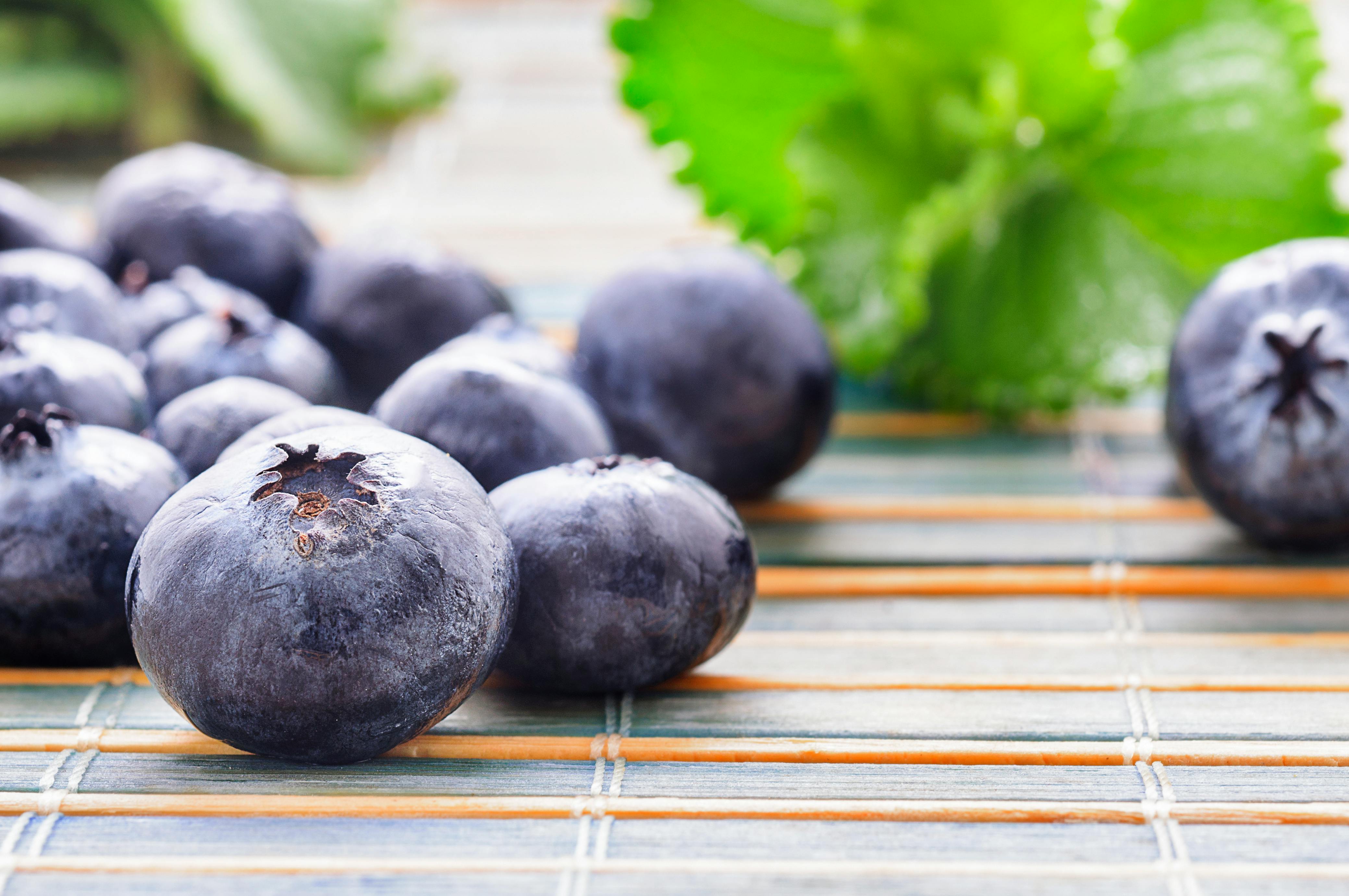Calcium is a required macronutrient for all plants. The twentieth element on the periodic table is necessary for cell wall development, root growth, cell division, and cell communication. The roots take calcium up through the xylem where it is distributed through the plant at an optimal pH of 7-8.5. So how can the plant meet its calcium need while requiring a low soil pH?
Typically found in acidic (4.5-5.5 pH) and poor-nutrient conditions blueberries are not often associated with a need for high amounts of calcium. The root structure of the plant is shallow, within the plant’s drip line and lacks root hairs suggesting low calcium needs. It is also known that a low pH does not make calcium available in the soil. The goal is to have a balanced level of nutrients that this specific plant needs. Yes, blueberries do not require as much calcium as other plants, but calcium is needed especially for commercial growers who plan to package and ship the berries. Much of the calcium is needed to strengthen the cell wall. This makes for firm berries that won’t smash as easily and are strong enough to ward off pests and disease. As calcium can only move through the xylem, calcium uptake runs into a problem because blueberry plants shut off the xylem as the berries grow, preventing any more calcium uptake.
One option is to apply gypsum to the base of the plant. Gypsum, (also known as Calcium Sulfate) will not alter the pH and it will break up the soil allowing the roots to extend deeper into the soil. In addition, the Fertrell Berry Care Program will help provide calcium while keeping the pH low. The Berry Mix 4-2-4 has aragonite which provides calcium, and the Holly Care 4-6-4 has the nutrients the acid-loving plants need. Foliar or drip line application of Fertrell Liquid #3 2-3-1 will help provide the plant defense and growth throughout the growing season as well as sulfate of potash through the dripline will help maintain potassium and a low pH. The best bet is to apply gypsum early in the season with the Berry Mix and avoid applying too much of other nutrients that would counteract calcium uptake. Holly Care is best applied via broadcast in the fall. Fortunately, blueberries mostly need nitrogen early in the season, so early applications of magnesium and potassium may not be as beneficial if you are looking to increase calcium uptake for your plants.
